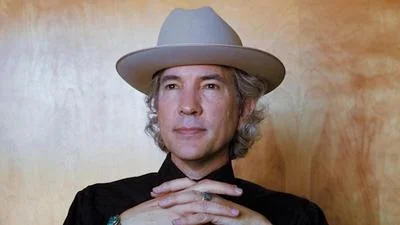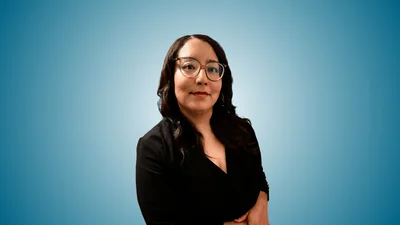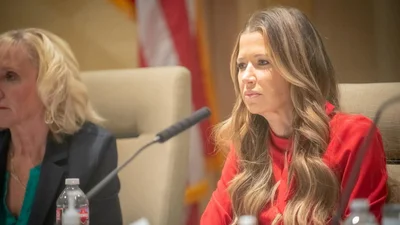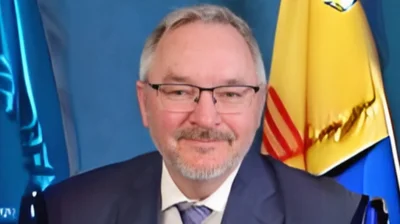After many years of debate, the Bureau of Land Management (BLM) is officially seeking comments on a proposed 10-mile buffer zone to protect the Chaco Culture National Park from oil and gas development. The comment period was extended at the request of the Navajo Tribe, that is pushing for a more reasonable 5-mile buffer. The reality is the 10-mile limit is not based in fact but merely on emotion and innuendo.
Leading the charge against oil and gas drilling is the San Juan Citizens Alliance (SJCA), that takes emotion and innuendo to a new level. Here is a response to the concerns raised by the SJCA and others in opposition to development:
- Protecting Cultural Resources – There is a perception that if a company has a lease from the BLM, it can drill and do wherever it wants, without regard to archeological sites. That is false. Prior to ANY surface disturbance, an oil company must commission an archeological survey. Even a single pottery shard can cause the relocation of a drill site. The risk of desecrating a significant archeological site is practically nonexistent.
- Protecting Sacred Lands - The SJCA site claims that over two dozen tribes hold the region as sacred. As a result, they want to protect the area from the impact of modern human development, preserving it for “the old way.” However, the area already has modern homes with electricity and water wells, and residents drive cars to town, all of which takes energy. Thus, the “old way” and the “modern way” already live-in harmony.
- Protecting the Air - The SJCA claims that emissions from oil operations are toxic causing cancer and respiratory problems. If this were true, you would expect that with thousands of wells, respiratory disease and cancer rates in San Juan County would exceed the national average. But according to Cancer.Gov, San Juan County is below the national average in cancer, lung, and bronchus deaths per capita. And the World Health Organization cited Farmington as having some of the cleanest air in the country.
- Protecting the Water - There is a perception, fanned by the obstructionists, that fracking threatens water supplies. Science clearly debunks that myth. The Heartland Institute documented 21 independent studies that all determined that fracking does not directly impact ground water. This is further substantiated by a 2015 report published by Obama’s EPA.
- Protecting the Anasazi Structures - Concern has been voiced about vibrations from the frack jobs possibly damaging the cliff dwellings. A frack job measures in at approximately -2 on the Richter scale (cannot be felt at the surface), while a large truck rumbling by can measure up to a +3. The Chaco Canyon ruins are in far more danger from cars and trucks than from fracking. Prohibiting any drilling within 10 miles when a half mile or so would be ample is another example of regulatory overreach done merely to appease the environmental community.
- The Local Native Americans are Against Drilling - Most of the Indigenous support for a larger buffer zone comes from tribes and or Native Americans who don’t live near Chaco Canyon. Conversely, there are numerous Navajo Allottees who “own” land inside the buffer zone and whose rights to develop that land would be harmed by this unnecessarily large setback requirement. These locals are opposed to any buffer zone that would hinder their right to lease their lands for responsible development. In addition, Native Americans who work in the Four Corners energy industry will benefit from future activity. That’s why the Navajo Nation, arguably the tribe most affected by development, is pushing for a smaller 5-mile buffer, because it is those members who will benefit the most.
- BLM is Corrupt - The SJCA website implies the BLM is corrupt and endangering Chaco “by violating its own rules in favor of Industry.” The BLM permit approval process is comprehensive, expensive, and can take from 6 months to a year for approval. The regulatory burden is one of the reasons there are only four rigs running in the San Juan Basin versus several hundred in the Permian where most of the land is private. It is not the BLM’s role to prohibit oil and gas development. It is BLM’s role to develop the resources on behalf of all US citizens and to see that it is done correctly.
George Sharpe has a master’s in petroleum engineering from the Colorado School of Mines and has 40 years of experience in the industry. He advocates for ALL energy and has created numerous YouTube educational videos on various energy topics.








